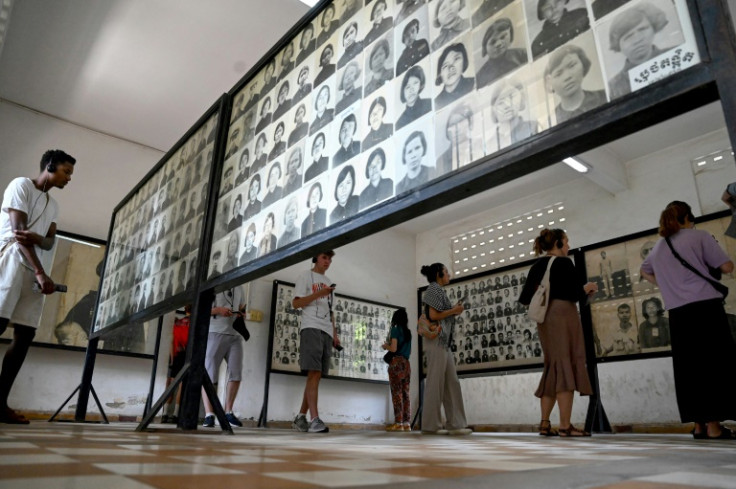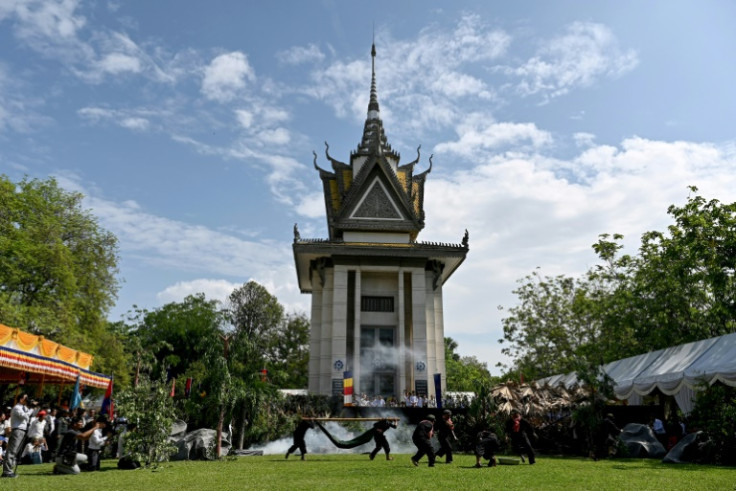Three Cambodia Genocide Sites Added To UNESCO Register

Three notorious Cambodian torture and execution sites used by the Khmer Rouge regime to perpetrate genocide 50 years ago were inscribed on UNESCO's World Heritage List on Friday.
The hardline Maoist group led by Pol Pot reset the calendar to "Year Zero" on April 17, 1975 and emptied cities in a bid to create a pure agrarian society free of class, politics or capital.
Around two million people died of starvation, forced labour or torture or were slaughtered in mass killings between 1975 and 1979.
The Cambodian locations entered into the UNESCO register include two prison sites and a "killing field" where thousands were executed.
"It is the landscape of our shared memory in Cambodia," said Youk Chhang, a survivor of the "killing fields" and director of the Documentation Center of Cambodia, which researches Khmer Rouge atrocities.
"This will ensure the teaching of Khmer Rouge history (will) be more efficient and relevant."
Two sites added to the list are in the capital Phnom Penh -- the Tuol Sleng Genocide Museum and the Choeung Ek Genocide Centre.
Tuol Sleng is a former high school which was converted into a notorious prison known as S-21, where an estimated 15,000 people were imprisoned and tortured.
Today the site is a space for commemoration and education, housing the black-and-white mugshots of its many victims and the preserved equipment used by Khmer Rouge tormentors.
Choeung Ek -- a former Chinese cemetery -- was a notorious "killing field" where S-21 prisoners were executed nightly.
More than 6,000 bodies were exhumed from over 100 mass graves at the ground in the early 1980s, according to Cambodian government documents filed with UNESCO.
Every year, hundreds hold remembrance prayers in front of the site's memorial displaying victims' skulls and watch students stage dramatic re-enactments of the bloody Khmer Rouge crimes.
Another prison site known as M-13, located in a rural area in central Kampong Chhnang province, was one of the most important prisons of the early Khmer Rouge but is today only a patch of derelict land.
Khmer Rouge cadres "invented and tested various methods of interrogation, torture and killing" there, and kept prisoners in pits still faintly visible today, a Cambodian submission to UNESCO says.
A special tribunal sponsored by the United Nations convicted three key Khmer Rouge figures, including S-21 chief torturer Kaing Guek Eav, before ceasing operations in 2022.
Pol Pot, nicknamed "Brother Number One", died in 1998 before he was brought to trial.

© Copyright AFP 2024. All rights reserved.




















